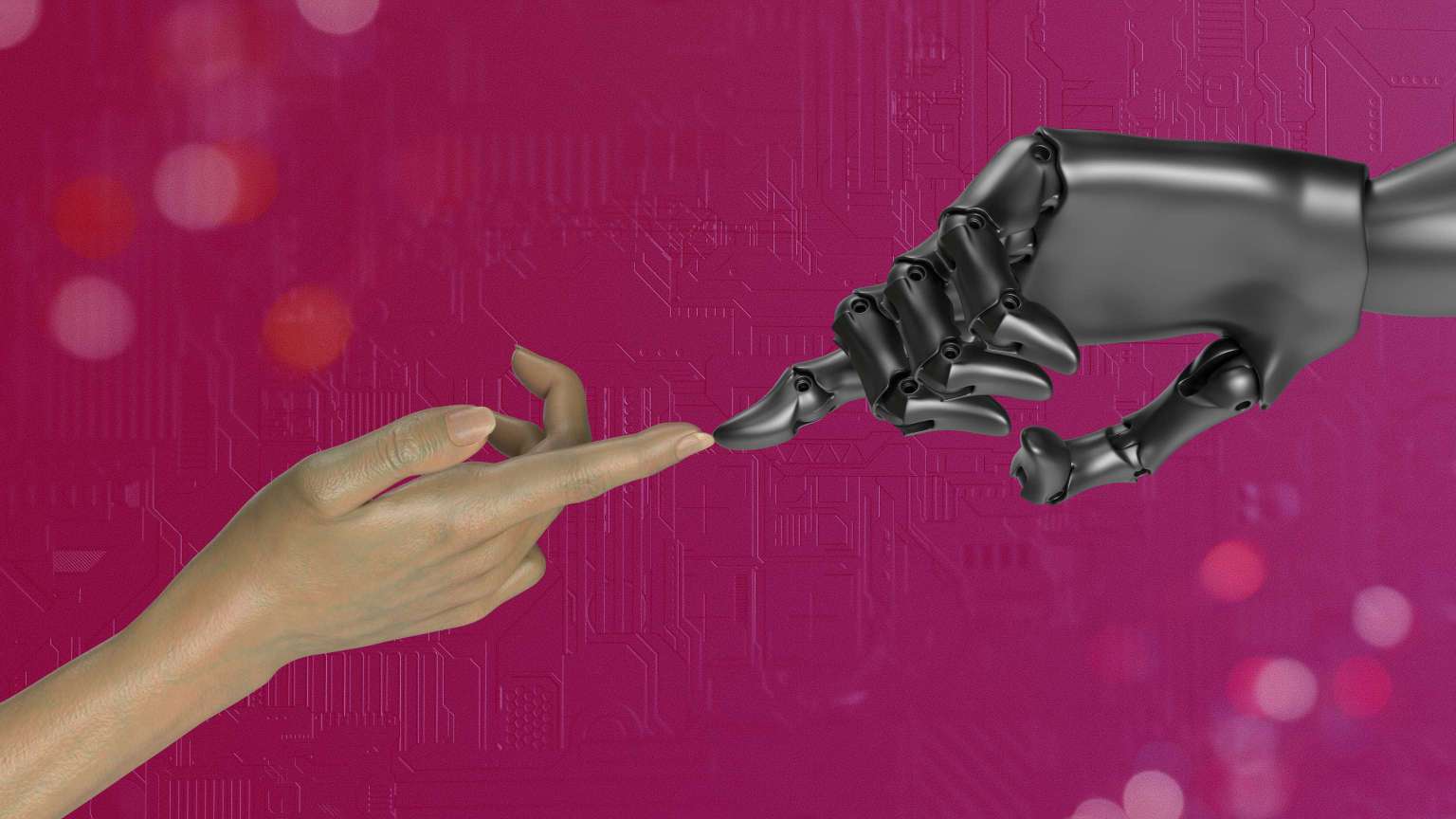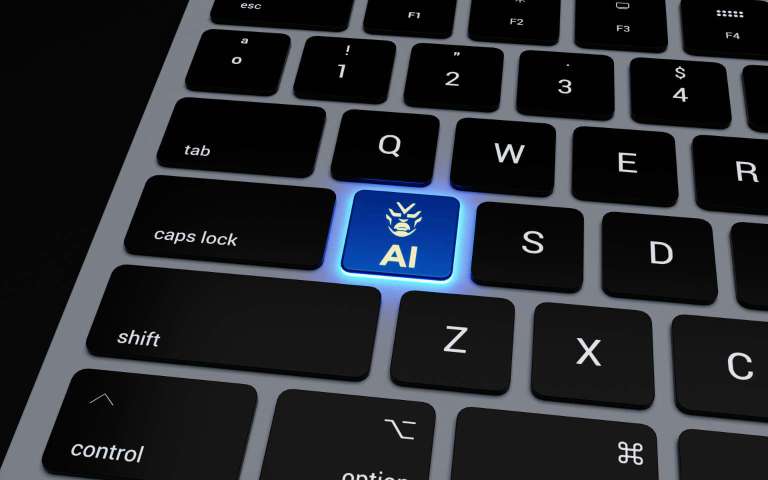
Edge Computing: Decentralizing Data Processing
7 min read
14 Sep 2025
Edge computing is revolutionizing the way data is processed and utilized in the digital age. Unlike traditional cloud computing, which centralizes data processing in remote servers, edge computing brings computation closer to the data source, enabling faster processing speeds, lower latency, and enhanced data privacy and security.
Evolution of Edge Computing
The concept of edge computing has evolved with the proliferation of Internet of Things (IoT) devices and the need for real-time data processing. By decentralizing computation to the "edge" of the network—closer to where data is generated—edge computing reduces the need to transmit data back and forth to centralized servers, thereby improving efficiency and responsiveness.
Advantages of Edge Computing
Edge computing offers several advantages. It enables real-time data analysis and decision-making, critical for applications such as autonomous vehicles, industrial automation, and augmented reality. By reducing latency, edge computing enhances user experience and supports mission-critical operations in industries requiring instant data processing.
Applications Across Industries
Edge computing finds applications across various industries. In healthcare, it supports remote patient monitoring and enables quick analysis of medical data at the point of care. In retail, edge computing powers personalized shopping experiences and real-time inventory management. Smart cities leverage edge computing for traffic management, public safety, and environmental monitoring.
Challenges and Considerations
Despite its benefits, edge computing presents challenges such as ensuring data security at the edge, managing distributed infrastructure, and maintaining interoperability with existing systems. Standardization of edge computing protocols and addressing concerns about data privacy are crucial for widespread adoption and seamless integration across industries.
Future Trends and Innovations
Looking ahead, edge computing is expected to continue evolving with advancements in hardware and software technologies. Artificial intelligence and machine learning algorithms will enhance edge devices' ability to process and analyze data autonomously, making edge computing even more integral to digital transformation.
Conclusion
In conclusion, edge computing represents a paradigm shift in data processing, offering faster speeds, lower latency, and improved efficiency compared to traditional cloud computing. As businesses and industries increasingly rely on real-time data insights, edge computing is set to play a pivotal role in driving innovation and meeting the demands of a connected world.
Edge computing is not just a technological advancement but a fundamental shift towards decentralized data processing, empowering organizations to harness the full potential of data-driven insights.

The AR Breakthrough That Will Make Blockchain Transactions Simpler Than Ever!
5 min read | 11 Oct 2025
How AI Is Making Blockchain Smarter and Safer – The Inside Scoop!
7 min read | 10 Oct 2025
The Big Tech Twist: How VR Is Set to Disrupt Blockchain Like Never Before!
6 min read | 09 Oct 2025
Unlocking the Power of AR: How Augmented Reality Is Set to Revolutionize Blockchain!
7 min read | 08 Oct 2025More Articles

Skullcandy Terrain: Affordable Wireless Earbuds for Student Life
3 min read | 27 May 2025

JBL Boombox 3: Elevate Your Study Sessions with Premium Sound
4 min read | 26 May 2025

Vision Pro Apple's: The Future of Augmented Reality in Education
3 min read | 25 May 2025

What to Expect in GTA 6: Rumors and Speculations About Rockstar's Next Masterpiece
4 min read | 24 May 2025
More Articles

Recurrent Neural Networks (RNN): The Future of Predictive Text
4 min read | 05 Aug 2025

Convolutional Neural Networks (CNN): The Secret Behind AI Vision
5 min read | 04 Aug 2025

Artificial Neural Networks: The Technology That's Changing Everything
6 min read | 03 Aug 2025

Cognitive Computing: The Next Big Thing in AI?
6 min read | 02 Aug 2025
